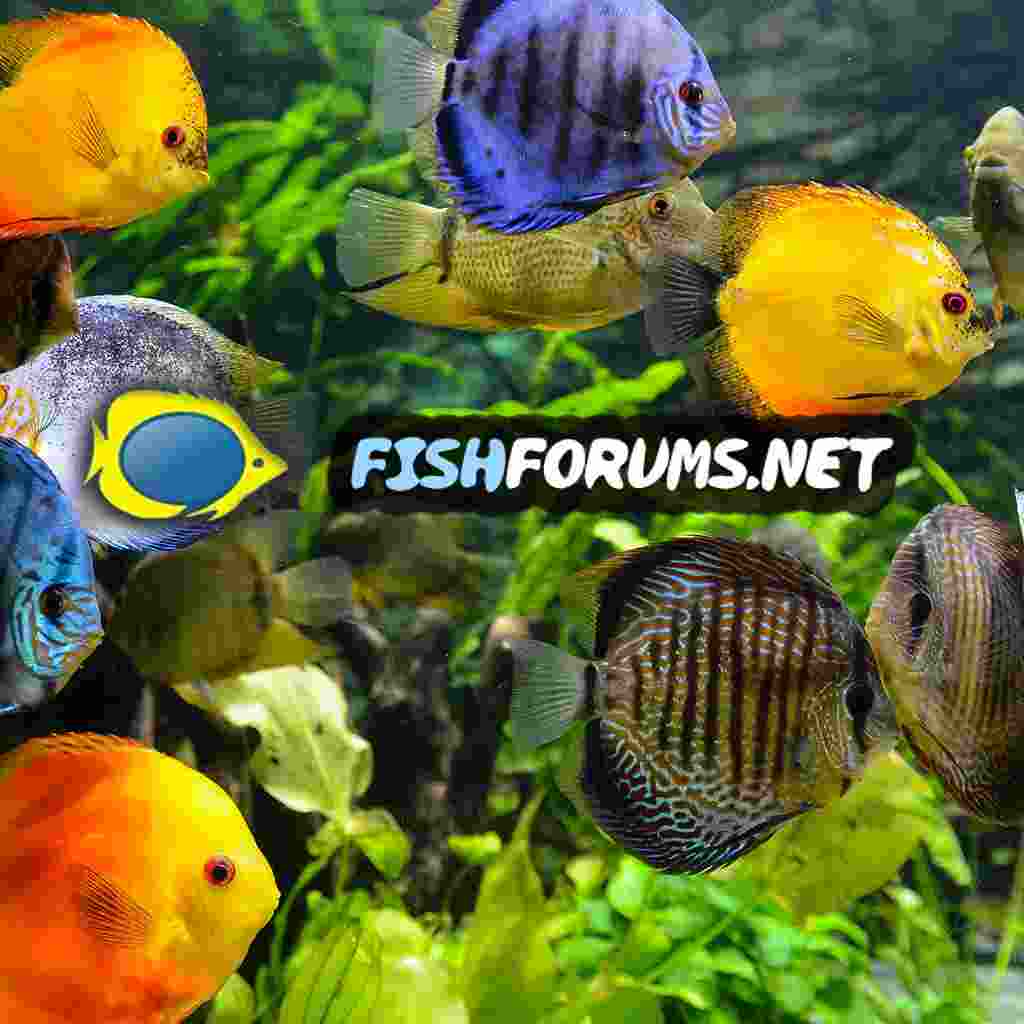I will keep this brief. I left your particular issue with Colin, and if memory serves me he did once or twice muse it might not be ich. If it was, this case was clearly the exception, but this happens. When I contacted Neale Monks three years ago for advice in dealing with some form of parasite (I assumed) that had plagued my fish in one tank for two years, he suggested it could be a virulent strain of ich, or it could be something similar, and recommended the heat and salt (that did work, whatever it was). I don't know how many members here have advised heat for ich, and had success. Even more relevant, I also know that Neale Monks and Ian Fuller said it is far safer than any chemical treatment for characins and cories. With respect, they know more about fish than you and I likely ever will. Some years ago I was considering a similar treatment containing both malachite green and formaldehyde; a marine biologist, two in fact, said this was dangerous and not advisable. All of this ends the argument for me, I cannot and will not argue contrary to such learned authorities.
As to how these dangerous toxic chemical substances harm fish, that would take a series of classes on fish physiology; I have tried explaining this in so many posts over the last several years. But earlier today I posted the following trying to answer a similar question, this deals with why most all of these substances should never be used with characins, and this is instructive.
Characins have an unusually high chemical sensitivity. When a characin is injured, it releases an alarm pheromone called Schreckstoff into the water that triggers an escape response in other members of the species. Other species do not respond to the presence of the pheromones. This chemical warning system may explain their heightened sensitivity to medications and fluctuating water conditions in the aquarium. All characins are highly sensitive to water parameters and conditions; the water quality should be stable, and use of medications should be avoided unless absolutely essential.
Understanding fish physiology and their intricate relationship to their aquatic environment is crucial.



